Filter by
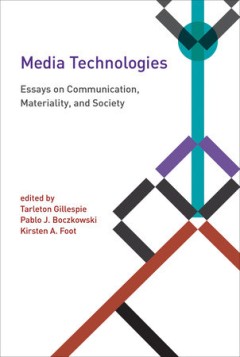
Media technologies :essays on communication, materiality, and society
Scholars from communication and media studies join those from science and technology studies to examine media technologies as complex, sociomaterial phenomena. In recent years, scholarship around media technologies has finally shed the assumption that these technologies are separate from and powerfully determining of social life, looking at them instead as produced by and embedded in distinc…
- Edition
- -
- ISBN/ISSN
- 9780262319461
- Collation
- 1 online resource (xii, 325 pages) :illustrations (some color).
- Series Title
- -
- Call Number
- -

The Internet upheaval : raising questions, seeking answers in communications …
"At the beginning of 2000, the U.S. economy was enjoying the longest period of sustained growth and economic prosperity in its history. According to The Internet Upheaval, part of the explanation for this phenomenon is a consequence of how information technologies, in particular the Internet, are upending fundamental economic and social structures.These research studies explore some of the tele…
- Edition
- -
- ISBN/ISSN
- 0262285606
- Collation
- 1 online resource (xxix, 426 pages) : illustrations
- Series Title
- -
- Call Number
- 001 INT

Networks and state : The global politics of Internet governance
"When the prevailing system of governing divides the planet into mutually exclusive territorial monopolies of force, what institutions can govern the Internet, with its transnational scope, boundless scale, and distributed control? Given filtering/censorship by states and concerns over national cybersecurity, it is often assumed that the Internet will inevitably be subordinated to the tradition…
- Edition
- -
- ISBN/ISSN
- 0262289660
- Collation
- 1 online resource (313 pages) :illustrations.
- Series Title
- -
- Call Number
- -

After access : inclusion, development, and a more mobile Internet
"Almost anyone with a $40 mobile phone and a nearby cell tower can get online with an ease unimaginable just twenty years ago. An optimistic narrative has proclaimed the mobile phone as the device that will finally close the digital divide. Yet access and effective use are not the same thing, and the digital world does not run on mobile handsets alone. In After Access, Jonathan Donner examines …
- Edition
- -
- ISBN/ISSN
- 9780262331258
- Collation
- 1 online resource (x, 295 pages) :illustrations.
- Series Title
- -
- Call Number
- -
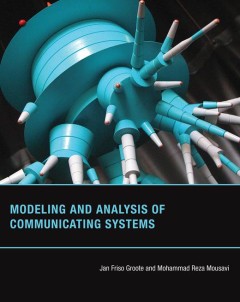
Modeling and analysis of communicating systems
Complex communicating computer systems -- computers connected by data networks and in constant communication with their environments -- do not always behave as expected. This book introduces behavioral modeling, a rigorous approach to behavioral specification and verification of concurrent and distributed systems. It is among the very few techniques capable of modeling systems interaction at a …
- Edition
- -
- ISBN/ISSN
- 0262321033
- Collation
- 1 online resource (xvi, 376 pages) :illustrations
- Series Title
- -
- Call Number
- -
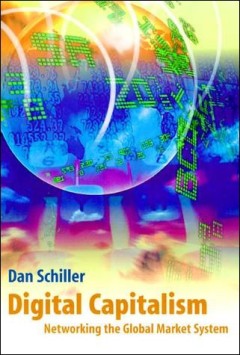
Digital capitalism: networking the global market system
Schiller traces the transformation of the Internet from government, military, and educational tool to agent of "digital capitalism" through three critically important and interlinked realms.The networks that comprise cyberspace were originally created at the behest of government agencies, military contractors, and allied educational institutions. Over the past generation or so, however, a growi…
- Edition
- -
- ISBN/ISSN
- 9780262283137
- Collation
- 1 online resource (xvii, 294 pages)
- Series Title
- -
- Call Number
- -
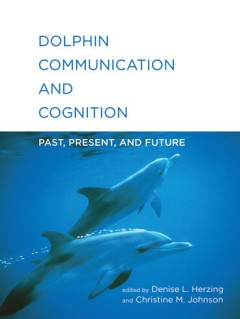
Dolphin communication and cognition : past, present, and future
"Dolphin researchers have collected an impressive amount of data over the last twenty years, thanks to advances in technology for monitoring, recording, and analyzing dolphin behavior as well as increasing interest in exploring and modeling dolphins' cognitive capacities. This volume offers a comprehensive reference to the latest research on dolphin communication and cognition, reporting on fin…
- Edition
- -
- ISBN/ISSN
- 9780262331852
- Collation
- 1 online resource (xiv, 310 pages) :illustrations
- Series Title
- -
- Call Number
- -
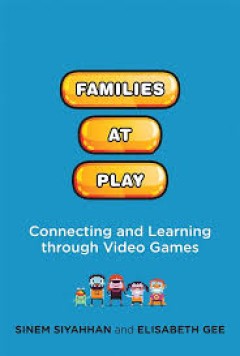
Families at play connecting and learning through video games
"How family video game play promotes intergenerational communication, connection, and learning. Video games have a bad reputation in the mainstream media. They are blamed for encouraging social isolation, promoting violence, and creating tensions between parents and children. In this book, Sinem Siyahhan and Elisabeth Gee offer another view. They show that video games can be a tool for connecti…
- Edition
- -
- ISBN/ISSN
- 9780262344579
- Collation
- 1 online resource.
- Series Title
- -
- Call Number
- -

How not to network a nation : the uneasy history of the Soviet internet
"Between 1959 and 1989, Soviet scientists and officials made numerous attempts to network their nation -- to construct a nationwide computer network. None of these attempts succeeded, and the enterprise had been abandoned by the time the Soviet Union fell apart. Meanwhile, ARPANET, the American precursor to the Internet, went online in 1969. Why did the Soviet network, with top-level scientists…
- Edition
- -
- ISBN/ISSN
- 9780262334198
- Collation
- 1 online resource (xiii, 298 pages) :illustrations, maps.
- Series Title
- -
- Call Number
- -
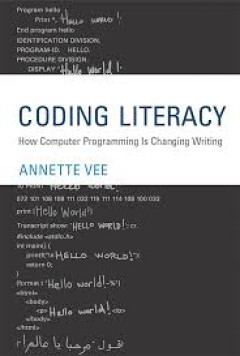
Coding literacy how computer programming is changing writing
The message from educators, the tech community, and even politicians is clear: everyone should learn to code. To emphasize the universality and importance of computer programming, promoters of coding for everyone often invoke the concept of "literacy," drawing parallels between reading and writing code and reading and writing text. In this book, Annette Vee examines the coding-as-literacy analo…
- Edition
- -
- ISBN/ISSN
- 9780262340236
- Collation
- 1 online resource (xi, 361 pages) :illustrations, maps.
- Series Title
- -
- Call Number
- -
 Computer Science, Information & General Works
Computer Science, Information & General Works  Philosophy & Psychology
Philosophy & Psychology  Religion
Religion  Social Sciences
Social Sciences  Language
Language  Pure Science
Pure Science  Applied Sciences
Applied Sciences  Art & Recreation
Art & Recreation  Literature
Literature  History & Geography
History & Geography